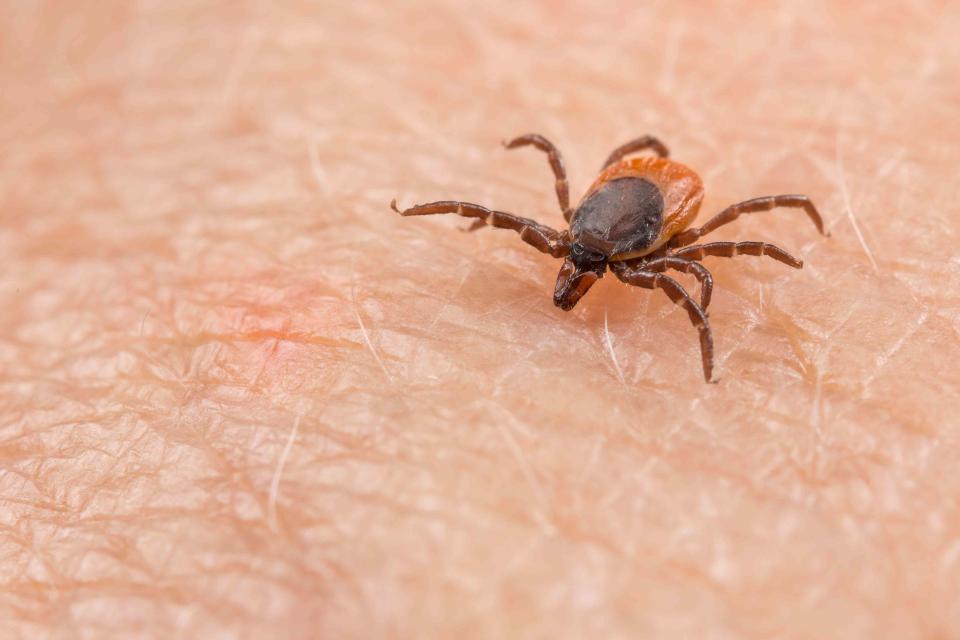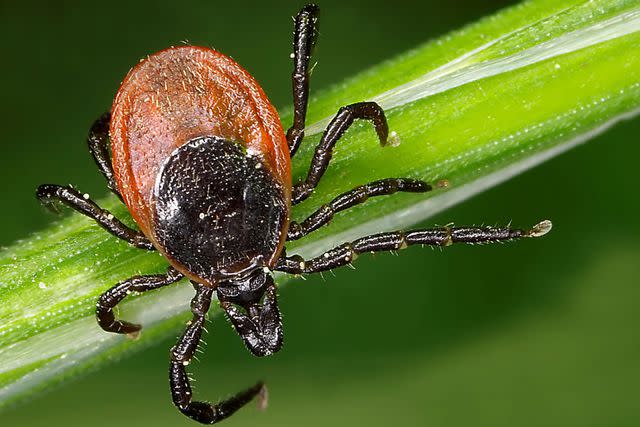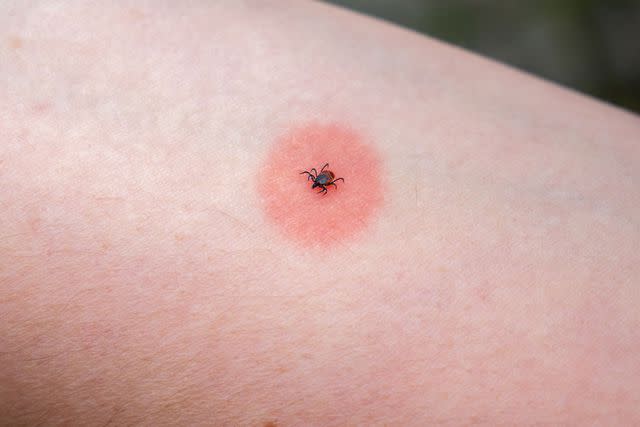What You Need to Know About the New Tick-Borne Disease Emerging This Summer
Lyme disease and a new threat, babesiosis, are on the rise after a mild winter

Getty Images/iStockphoto
Tick-bourne illnesses are on the riseBabesiosis, a new, potentially lethal disease, is being spread by ticks — and experts are warning that it can be easily mistaken for a simple summer cold.
The CDC warns that cases of babesiosis have “significantly increased” in the Northeastern United States — and the disease is often asymptomatic or presents with mild symptoms.
"They have a fever, chills, body aches and headache; however, some patients may experience more severe symptoms. And babesiosis can even be life-threatening," according to the Mayo Clinic’s Dr. Bobbi Pritt.
Patients who are immunocompromised or asplenic (have had their spleen removed) are at risk of more dire outcomes, the CDC warns: “In certain patients, severe complications can occur, including thrombocytopenia, renal failure, and acute respiratory distress syndrome.”

Getty
Tick-bourne illnesses are on the riseThe good news? Babesiosis can be treated with medication as commonly available as azithromycin and atovaquone, as long as it’s caught early. And while Lyme disease can be transmitted after a tick has been attached for 24 hours, the CDC says babesiosis transmission takes longer, usually after a tick is attached for 36–48 hours.
The emergence of babesiosis comes at a time when Lyme disease is also on the rise — and both illnesses are spread by the same species of tick: the black-legged tick, or as it’s more commonly known, the deer tick.
However, while Lyme disease also presents with some of the same symptoms as babesiosis, such as fever and headache, it generally produces a telltale “bullseye” rash (Erythema migrans) that makes it easier to spot. As the infection spreads, the rash will develop a red ring around it, similar to a target or a bullseye.
According to the CDC, that rash occurs in up to 80% of infected tick bites.

Getty Images/iStockphoto
Tick rashLyme disease also can have more dire outcomes for generally healthy people if untreated. “[It] will disseminate throughout the body to the joints, and to the nervous system in the brain. Whereas babesiosis doesn't have that same pattern of dissemination. However, it can be life-threatening,” the Mayo Clinic’s Dr. Pritt says.
Vigilance is encouraged this summer, where states are expected to see an increase in tick activity. Below-freezing winter temperatures can help kill off the tick population, but this past winter was mild across much of the United States.
Related: Celebrities Who've Talked About Battling Lyme Disease
And earlier this year, experts in Connecticut — the state where Lyme disease was first discovered — declared ticks a year-round problem, due to the warmer temperatures.
“It’s going to be an above average year for tick activity and abundance,” Goudarz Molaei, a tick expert for the state of Connecticut, told the Associated Press.
While it’s important to monitor your symptoms and do a “tick check” any time you’ve been outdoors, experts advise the “A, B, C” method to stay safe from ticks:

Getty
Bug spray can deter ticksA: Avoid
Avoid areas where ticks are likely to be found. This means wooded or marshy areas, especially if you’re in the Northeastern or Upper Midwest states. (The CDC maintains a tick bite tracker that you can check before heading outdoors this summer.)
B: Bug Spray
The CDC recommends using a bug spray with DEET or picaridi — and cautions to not put bug spray on children younger than 2 months.
C: Cover Up
Yes, it’s hot out, but ticks can’t bite what they can’t reach. Wear long pants and long-sleeved shirts when outdoors.
For more information on ticks — and what to do if you’re bitten by a tick — visit the CDC’s website.
For more People news, make sure to sign up for our newsletter!
Read the original article on People.

